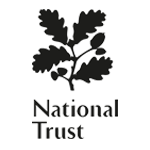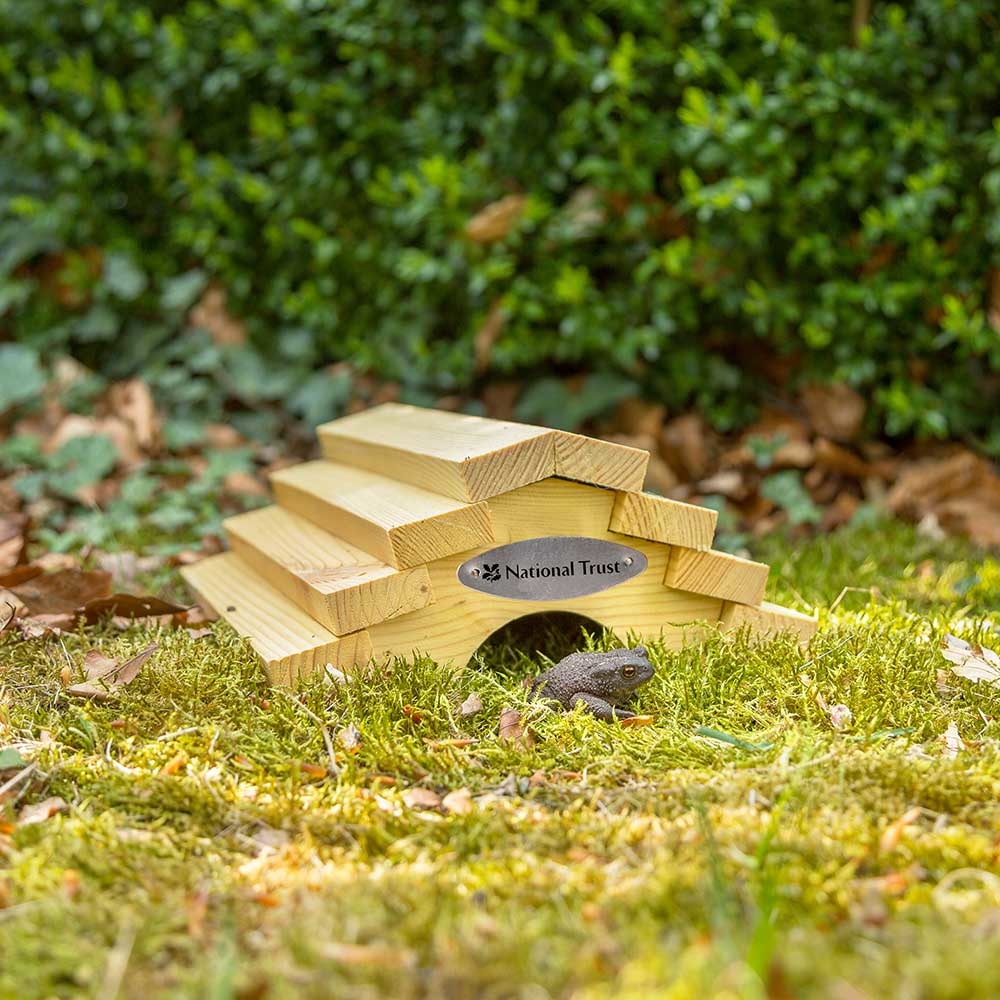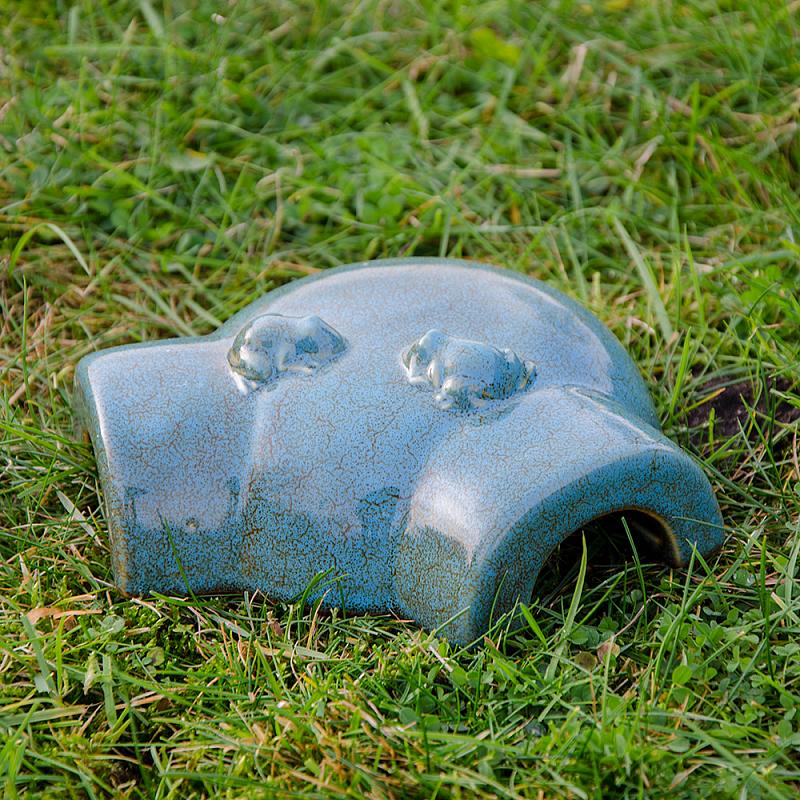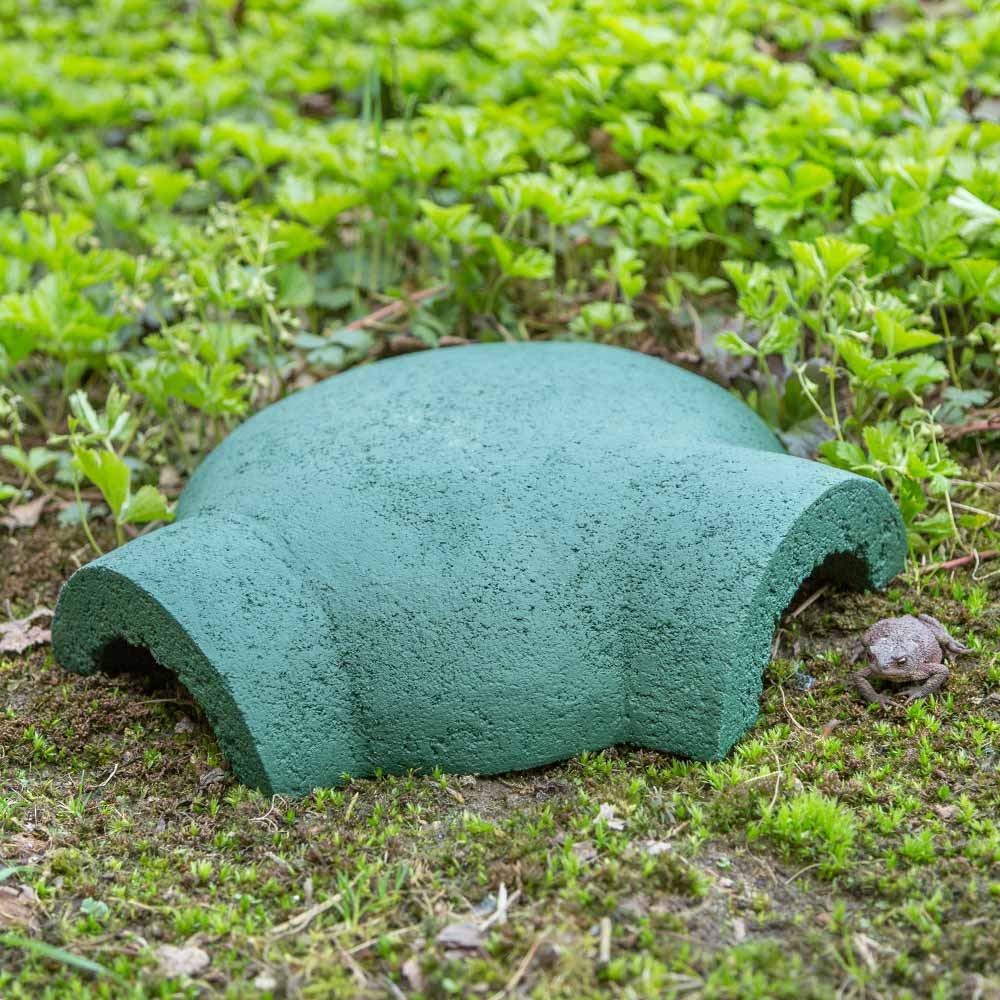Frog houses
Frogs, toads, and other amphibians play a crucial role in maintaining a balanced ecosystem. They help control insect populations, serve as an essential food source for other wildlife, and indicate the overall health of the environment. Read more here.
Providing a frog house in your garden is an excellent way to support these fascinating creatures while creating a natural and biodiverse outdoor space.
A frog house offers protection from predators, extreme weather conditions, and habitat destruction. Whether you have a small urban garden or a large wildlife-friendly space, installing a frog shelter can make a big difference in conserving these vital amphibians.
Why do frogs need a house?
Frogs and toads naturally seek cool, damp, and sheltered places to rest and hibernate. However, as more gardens become paved and natural wetlands disappear, their access to safe hiding spots is becoming limited.
By adding a frog house, you provide a secure retreat where frogs can escape from harsh weather, find shelter during the day, and safely hibernate through the colder months.
Benefits of adding a frog house to your garden
A frog shelter is not just beneficial for amphibians – it also brings advantages to your garden by encouraging natural pest control and increasing biodiversity.
Why should you install a frog house?
- Protects frogs and toads – Offers a safe refuge from predators like birds, cats, and snakes.
- Encourages natural pest control – Frogs consume large numbers of insects, including mosquitoes, slugs, and beetles.
- Supports biodiversity – Provides habitat for a variety of garden wildlife, including newts and small reptiles.
- Low-maintenance – Once installed in the right location, a frog house requires little upkeep.
Choosing the best frog house
A well-designed frog house should mimic natural hiding spots, providing the right conditions for amphibians to thrive.
Key features of a good frog house:
- Natural materials – Frog houses made from ceramic, wood, or stone help maintain moisture and regulate temperature.
- Ventilation – A small entrance and breathable design allow airflow while keeping the interior damp and cool.
- Camouflage – A house with an earthy, discreet look blends naturally into the garden, making frogs feel safe.
- Spacious interior – Enough room for multiple frogs or toads to shelter together.
Where to place your frog house
The location of your frog house is key to ensuring it is used by amphibians. Frogs need a cool, shaded, and damp environment, so placing the shelter in the right spot will make it more attractive.
Best places to put a frog house:
- Near a pond or water source – Frogs and toads need access to water for breeding and hydration.
- In damp, shaded areas – Under bushes, near compost heaps, or among rocks where moisture is retained.
- Away from direct sunlight – Avoid placing the house in hot, exposed locations, as frogs are highly sensitive to heat.
- Close to natural food sources – Areas with plenty of insects, slugs, and worms will make the shelter more appealing.
How to maintain your frog house
One of the best things about a frog house is that it requires minimal maintenance. However, occasional checks will ensure it remains in good condition and continues to provide a safe space for amphibians.
Simple steps to care for your frog house:
- Keep it damp – If your garden is dry, occasionally sprinkle water around the shelter to maintain humidity.
- Check for obstructions – Ensure the entrance remains clear of debris so frogs can easily enter and exit.
- Avoid disturbing hibernating frogs – If frogs use the house during winter, leave them undisturbed until spring.
- Leave natural cover – Allow surrounding plants, leaves, and moss to grow around the shelter for extra protection.
Encouraging frogs to visit your garden
While a frog house provides excellent shelter, there are additional ways to attract amphibians and create a welcoming habitat.
How to make your garden frog-friendly:
- Add a wildlife pond – Even a small, shallow pond can provide a perfect breeding ground for frogs.
- Avoid pesticides and chemicals – Amphibians are highly sensitive to toxins, so keep your garden chemical-free.
- Create damp hiding spots – Piles of leaves, logs, and rocks offer extra shelter for frogs and toads.
- Provide food sources – Encourage insects, slugs, and worms by planting native vegetation.
Support garden wildlife with a frog house
Adding a frog house to your garden is a simple but impactful way to support local amphibians. These shelters provide a safe, damp, and cool retreat, ensuring that frogs and toads can thrive.
Explore our high-quality frog houses today and turn your garden into a haven for amphibians!




